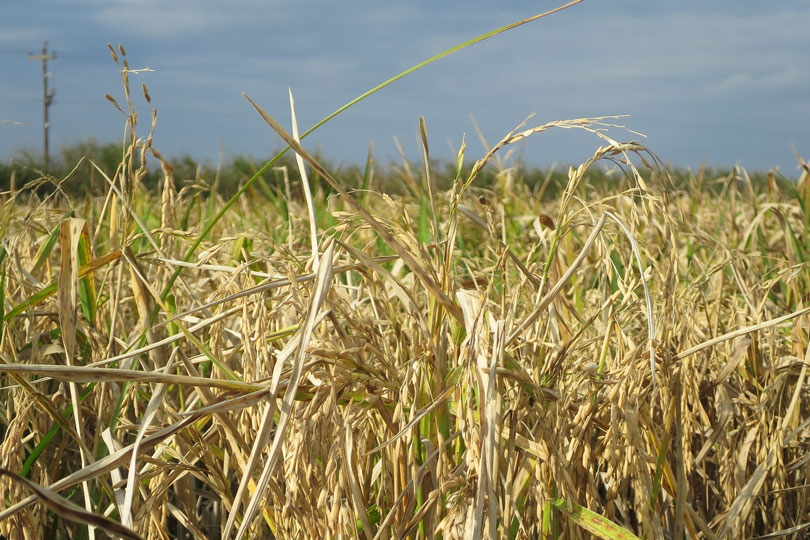By Justin Walker
Communications Specialist
China has quickly become the top producer, consumer, stockholder and importer of rice, according to a U.S. Department of Agriculture (USDA) Foreign Agriculture Service (FAS) international economist.
Rachel Trego, an economist with USDA FAS, said China has also become a rising exporter of rice. The crop joins cotton, corn and wheat as popular commodities in the Chinese market.
“One thing to note, as was highlighted in the February 2018 Grain World Market and Trade Report, is China has strengthened its importance in global rice trade not only as an importer, but now strikingly also as an exporter,” Trego said.
China’s exports have been limited of late, mostly due to high domestic prices of rice. South Korea, Mongolia and Hong Kong have been the primary markets China has exported to.
“But we’ve begun to note some new developments that have been remarkable, which is part of why we noted this in our reports,” Trego said.
China has recently resumed exports to Africa, which had almost entirely ended in 2012. As of 2017, around two-thirds of exports were to Africa.
“There have been a couple of reasons they have been able to enable these exports,” Trego said. “China has begun to have some more available supplies of some of the multi-year-old rice from the stocks. China is beginning to auction off and have increasing amounts of sales from the auctions of the 2013 rice from the government temporary reserves.”
Thailand has recently reduced the number of rice exports, especially to Africa.
“Given Thailand’s ending of exporting especially low-priced rice to Africa, China has been able to see some in roads into Africa, as well as beyond,” Trego, a regular contributor to USDA’s World Agricultural Supply and Demand Estimates, said. “Notably, China’s average export price as reported by China’s custom data developed precipitously in 2017. This has been quite interesting in that the Chinese customs data also shows that the exports have primarily been of medium-grain rice. Seeing prices in the $500 per range on average for total exports is certainly a shift from where they have been in the past.”
U.S. growers have been interested in how the country can capitalize on China’s rise to the top importer of rice.
“USDA has been working actively on a phytosanitary protocol for access of rice to China, and this process has lasted for more than a decade,” Trego said. “On the U.S. side, USDA’s Animal and Plant Health Inspection Service has been working with the AQSIQ, the comparable agency in China. We had it signed a couple years ago at the technical level, but we were waiting for it to be signed at the political level, which was finally accomplished in 2017.”
While the protocol has been signed, a few steps remain, including a questionnaire regarding rice facilities and audits.
“There are still some steps to take before we can begin to see U.S. shipments of rice to China,” Trego said.

